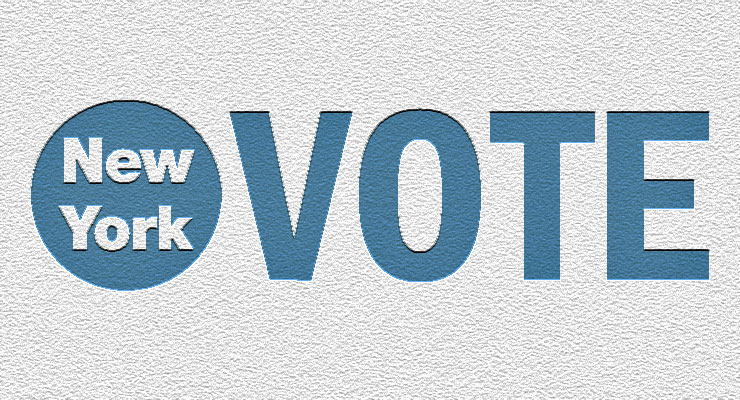 By Dan Mclaughlin in National Review:
By Dan Mclaughlin in National Review:
There’s an enormously crowded field of candidates so far for this fall’s race to replace the universally mocked and reviled Bill de Blasio as New York City’s mayor, including such familiar names as former Democratic presidential candidate Andrew Yang and, on the Republican side, Guardian Angels founder and radio talk show host Curtis Sliwa. The big wild card in this race, however, is whether anybody can get New York’s apathetic voters interested in their governance again.
New York City has, according to the Census Bureau’s pre-pandemic estimates, 8.34 million people, of whom about 6.6 million are age 18 or older. It’s tricky to estimate how many of those 6.6 million are eligible to vote; Professor Michael McDonald’s ElectProject estimates that 89 percent of the voting-age population of the state is eligible, the remainder being non-citizens and/or felons. That proportion is almost certainly lower in the city, with its huge immigrant population (36.8 percent of the city’s population is foreign-born, compared to 22.6 percent statewide), but if we assume roughly that 80 percent are eligible to vote, that would yield a population of around 5.3 million eligible voters. The city currently has 5.59 million registered voters, of whom 4,992,792 are classified as active, which suggests that the bulk of the city’s eligible voters are already registered. They just don’t vote that much, especially in elections for mayor. In the 2020 presidential election, 3.05 million people voted, 2.32 million of them for Joe Biden. That would be a turnout of around 57.5 percent — lower than the 63.4 percent turnout statewide or 66.7 percent nationwide.
The hallmark of de Blasio’s two victories was abysmally low voter turnout. He never cleared 800,000 votes even in his two landslide victories; Rudy Giuliani did better than that in defeat in 1989:
Read the full table and article here.
Leave a Reply